
Cleveland Clinic neuromuscular specialist shares insights on AI in his field and beyond

Guidance from an expert on distinguishing — and co-managing — the disorders
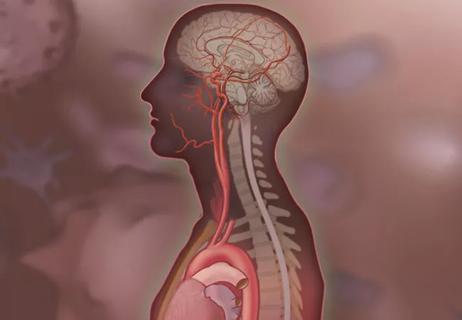
For now, antibody testing is recommended only when considering an alternative diagnosis
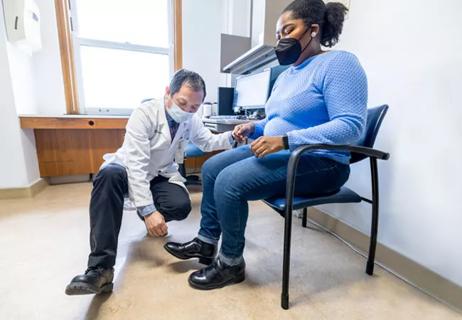
Guidance on instructing patients, treatment selection, impact of disease course and more
Cleveland Clinic is a non-profit academic medical center. Advertising on our site helps support our mission. We do not endorse non-Cleveland Clinic products or services. Policy
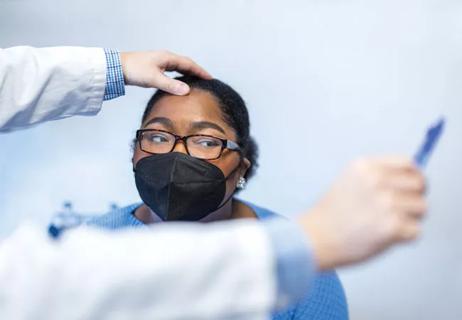
Who is at risk? What tests should be ordered?
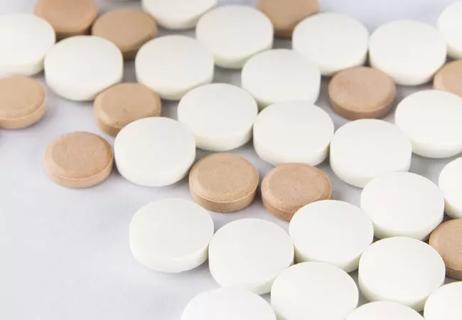
Guidance for the 5% to 20% of patients with suboptimal response or tolerability
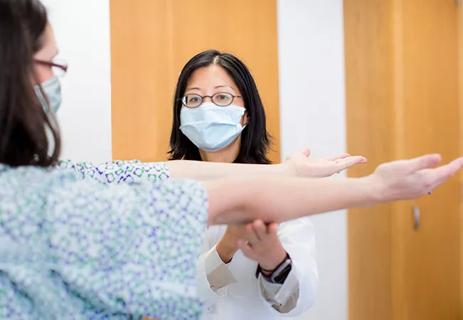
PCPs reveal low levels of confidence in assessing for amyotrophic lateral sclerosis

Retrospective series characterizes post-COVID-19 POTS, outlines next research goals
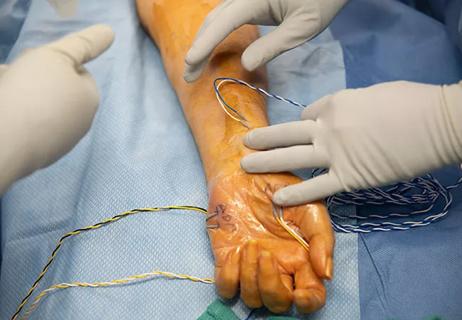
Addressing unmet needs in acute injury, neuropathy, nerve tumors and more